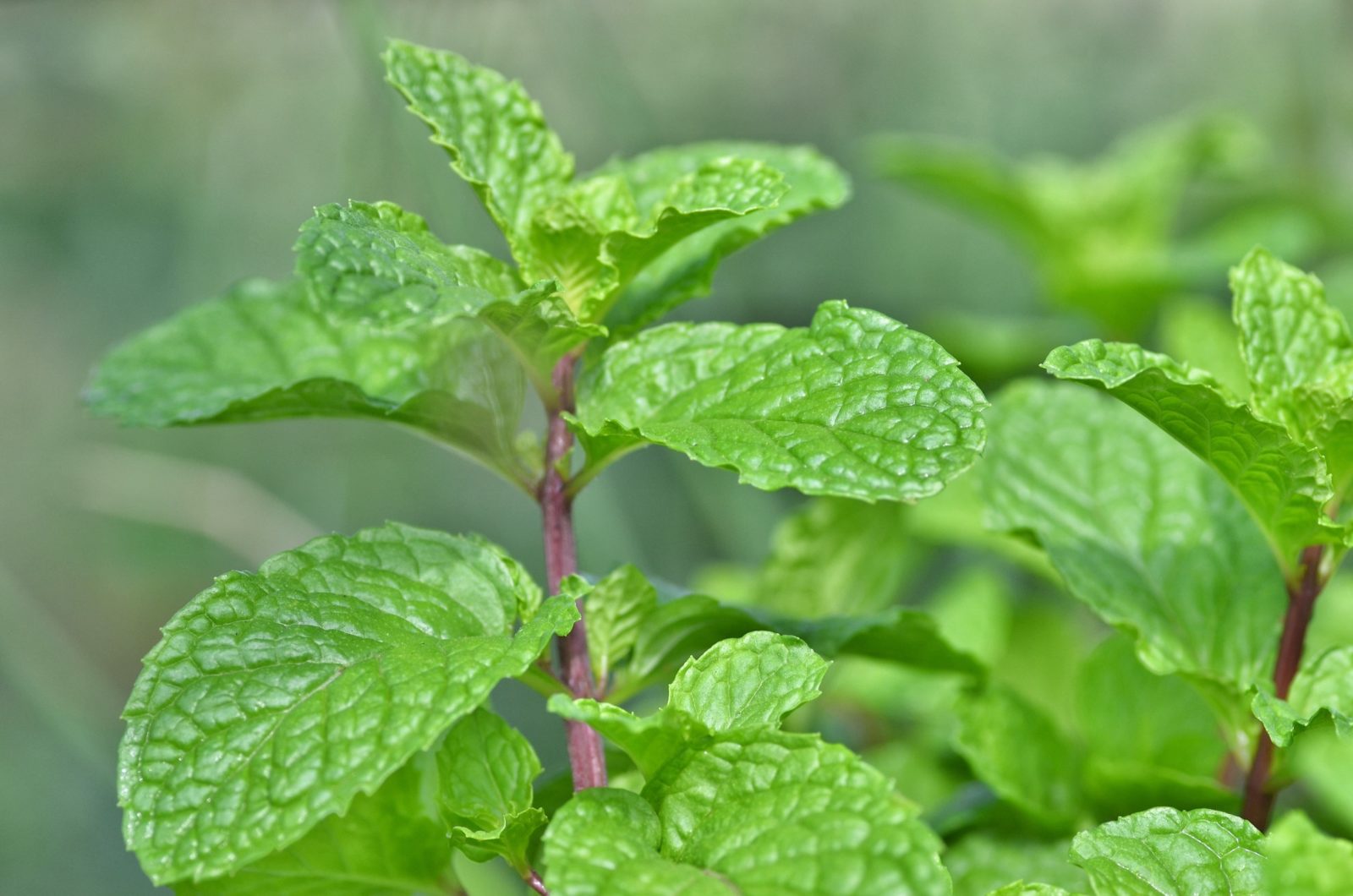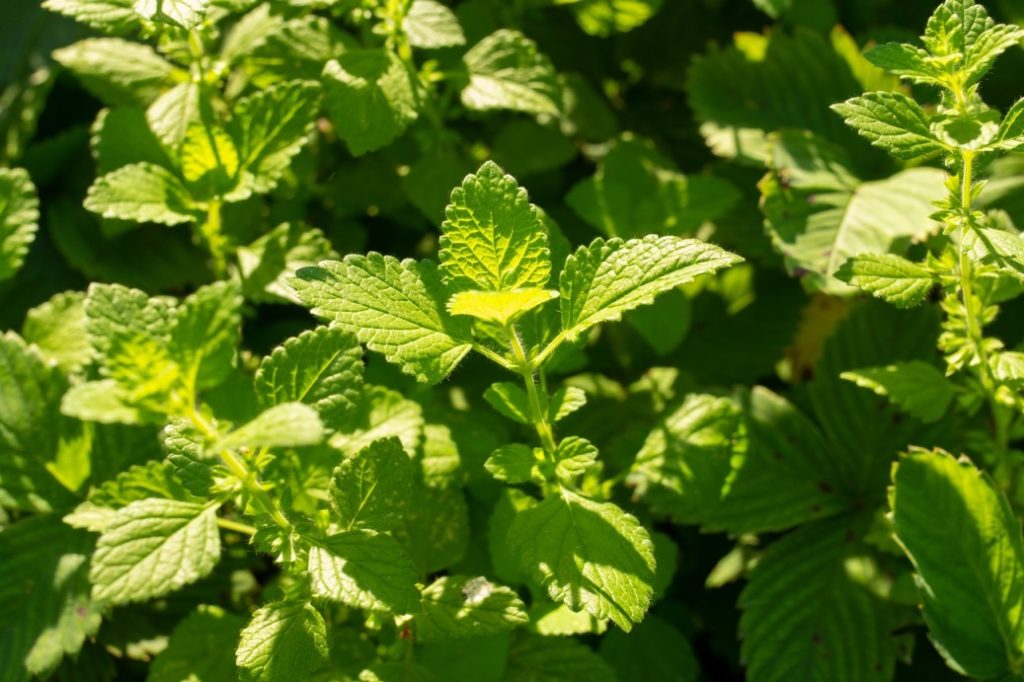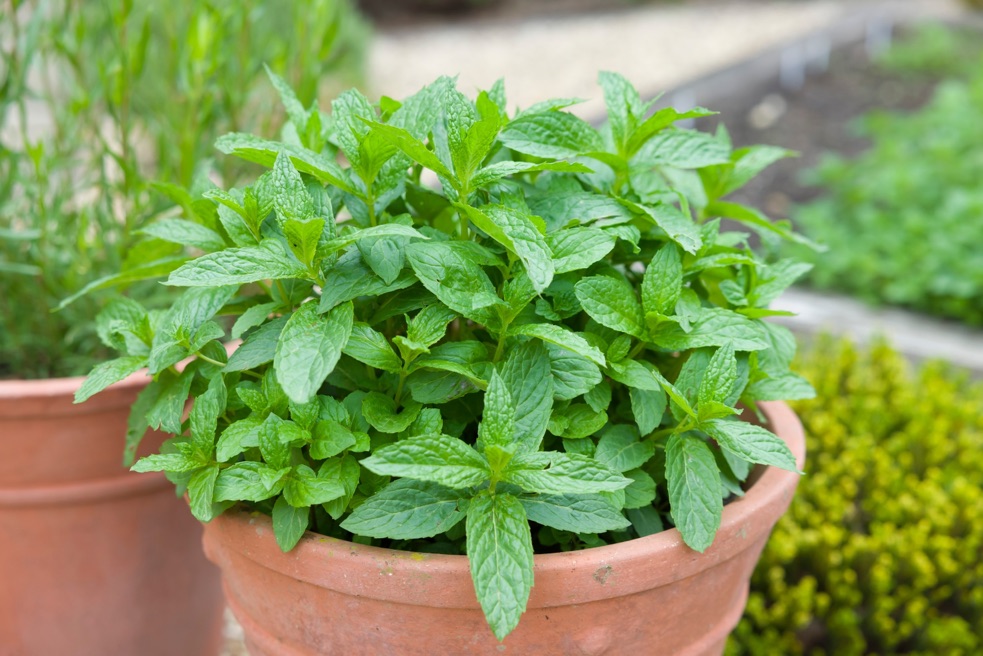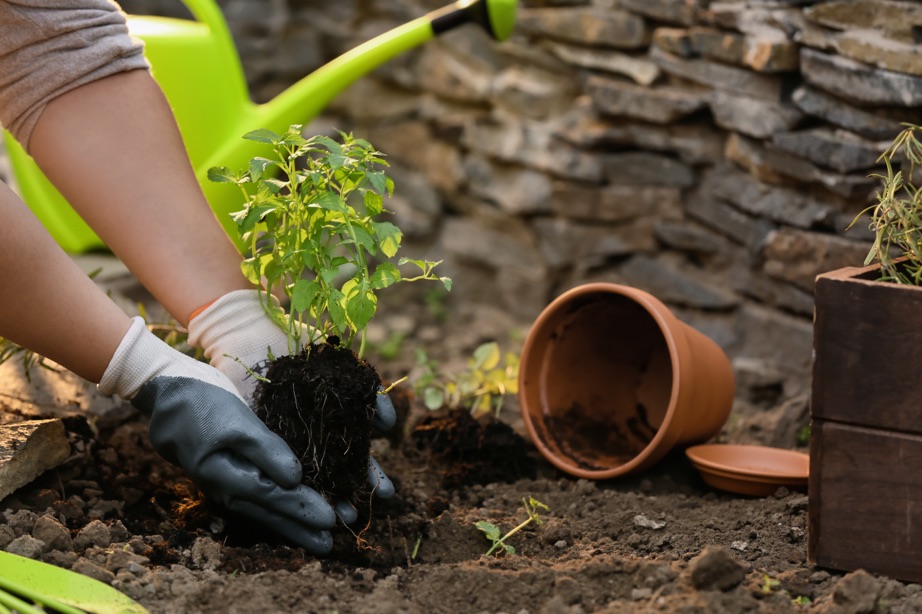Planting Mint In The Garden? Use Pots To Prevent It Spreading, Advises Colin Skelly


Elizabeth is a Permaculture Garden Designer, Sustainability Consultant and Professional Writer, working as an advocate for positive change. She graduated from the University of St. Andrews with an MA in English and Philosophy and obtained a Diploma in Applied Permaculture Design from the Permaculture Association.
Reviewed By COLIN SKELLY

Colin is a Horticulturist and Horticultural Consultant with experience in a range of practical and managerial roles across heritage, commercial and public horticulture. He holds the Royal Horticultural Society’s Master of Horticulture award and has a particular interest in horticultural ecology and naturalistic planting for habitat and climate resilience.
IN THIS GUIDE
MINT GUIDES
Harvesting
Planting
Propagation
Mint is a popular herb, and one of the easiest to grow.
It is usually grown from young plants purchased and planted in the spring.
The process for planting mint is simple and we have outlined it all for you in this guide below:
1) Choosing Which Mint To Grow

There are many different mints to choose from, with different scents and flavour profiles, from a typical peppermint or spearmint, to apple mint, lime mint, or even chocolate mint.
If you would like to plant some mint, then the first step is choosing which one to grow.
You might grow more than one, but one important thing to remember is that different types should not be grown in the same pot or adjacent to one another.
When grown close to one another, they can lose their distinct fragrances and flavours.
2) When To Plant

Mint is best planted out into your garden between March and May.
Plant mint as soon as you can after purchasing it or growing the small plants from cuttings.
3) Where To Plant

Mint can be planted in an area of full sun or in partial or dappled shade.
It will do wonderfully well in the dappled shade below other plants in a forest garden or fruit tree guild.
When used in such a location, mint will be helpful in organic pest control and as ground cover to conserve moisture and suppress weeds.

Mint can be useful in a wildlife-friendly garden, but when planted in beds or borders, will tend to take over since it grows and spreads so vigorously.
“I often get tempted by a new mint when at flower shows or nurseries,” says Colin Skelly, a Horticultural Consultant.
“From bitter experience, I now plant in pots rather than in the ground where they will spread vigorously.
“Even when I’ve sunk them in pots they have found a way to run, so be warned.”
Many choose to plant it in a sunken pot or container so that it does not take over.
When there is a barrier to contain the roots, you can also plant mint in a dedicated herb garden in shade.
If you have a herb spiral, it can grow well on the shaded, moister northern side, near the base of the structure.
4) The Planting Process

Once you have decided where to grow mint, it is simply a case of making a hole deep enough to accommodate the plant’s root system, placing the plant in the hole, then filling the soil or growing medium back around it.
If you wish to contain its spread, the container or sunken pot into which you plant should be filled with peat-free multi-purpose compost or a homemade equivalent.
Water the plant in well and water during dry periods until the mint is well established.
